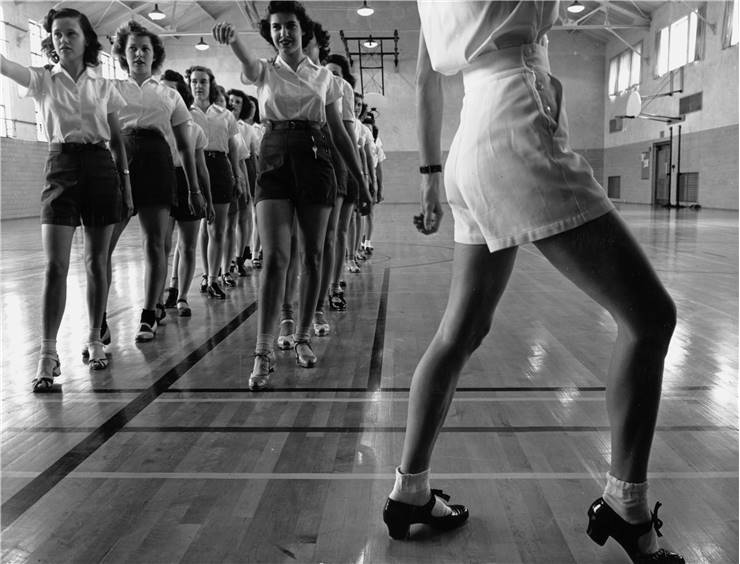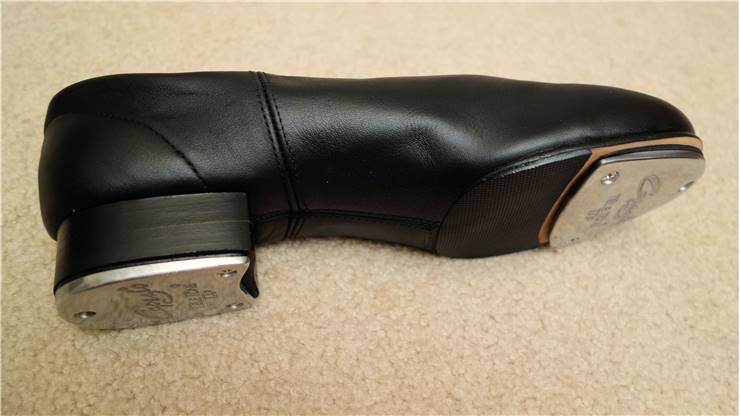History of Tap Dancing - Origins of Tap Dance
Since it first appeared in the public, tap dancing immediately enchanted the public in the North America, becoming a vital part of Jazz music culture and broader mainstream musical culture that even managed to popularize tap dancing as a hobby for many millions of people.
Tap dancing can be separated into two distinct styles – Jazz/Rhythm dance that is focused on musicality and tradition of tap dance, and Broadway that is used by stage performers who weave the dance into the theater stories.
The origins of the tap dance can be tracked all the way back to the mid-1800 and the clash of the musical influences across North America. There, a mix of African tribal, English, Scottish and Irish music and dances brought to life many new genres, including the dance style that was focused on the creation of tap sounds using shoe heel, toe and sliding of the shoes across the ground.

Tap dance was first featured to the wider public during minstrel shows (traveling musical groups) by one of the first black performers ever permitted to dance on stage to white audiences – William Henry Lane, also known as Master Juba. He became famous as the dancer who can outperform all his white competition in the United States, and was able to attract significant fame in England which he visited with musical troupe “Ethiopian Serenaders”. His tap dance became instantly very popular in Victorian England, and his influence pushed many other black and white dancers on both sides of Atlantic to start practicing tap dance. He sadly fell away from the limelight after his return to the United States and remained mostly forgotten until modern historians began promoting his contribution to the history of jazz and tap dance.
While Master Juba was responsible for the initial spreading of tap dance, the true mainstream acceptance came during the life of Bill "Bojangles" Robinson (1878 – 1949). This African American entertainer managed to distinguish himself on the North American and English Vaudeville circuit firstly as a part of a dancing duo with George W. Cooper in 1902, and then as a solo performer (which was unheard of at that time) after 1908. Despite being a black man, he achieved tremendous success in both the dancing scene and in the Hollywood, where he became internationally known for the string of performances he did in Shirley Temple films and his starring musical film Stormy Weather (1943). His signature dance move was tap dancing up and down set of stairs in a very complex way. Popular dancers during 1930s were Nicholas Brothers (Fayard and Harold) who popularized highly acrobatic and demanding “flash dancing” which mixed tap dancing with choreographed jumps and even leapfrogs above each other.
While tap dancing entered into decline after the 1940s and 1950s when entire music genre of Jazz went into decline with the arrival of modern rock and pop music, tap dance continues to evolve. The Recent resurgence of tap dance can be attributed to the documentary film “No Maps on My Taps” and the highly successful animated film “Happy Feet”.
